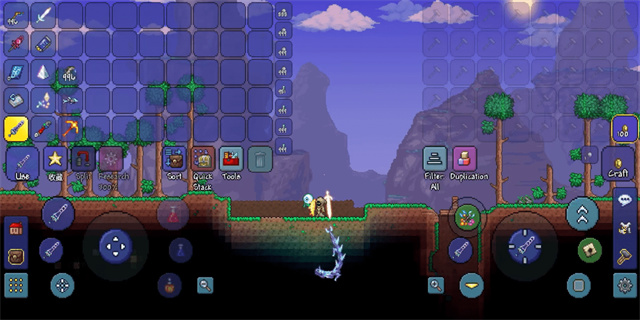openal(Understanding OpenAL A Guide to Spatial Audio in Games)
Understanding OpenAL: A Guide to Spatial Audio in Games
Introduction to OpenAL
OpenAL, short for Open Audio Library, is an open-source cross-platform audio application programming interface (API). It enables developers to incorporate high-quality 3D audio into their games, simulations, and virtual reality experiences. OpenAL provides a powerful framework for creating immersive soundscapes that accurately represent the spatial dimensions of a virtual environment. This article aims to explore the features and functionality of OpenAL, and how it enhances the gaming experience by adding depth and realism to the audio aspect of interactive content.
The Basics of OpenAL

1. Sound Sources and Listeners
In OpenAL, sound sources and listeners are key components that govern the spatial audio experience. A sound source represents a point in 3D space emitting sound, while a listener represents the player or the user's virtual position in the virtual world. By defining the position and orientation of sound sources and listeners, developers can simulate realistic sound propagation in a virtual environment. This adds a new dimension to gaming, enabling players to locate the direction and distance of sounds, enhancing their sense of immersion and situational awareness.

2. Spatialization and Attenuation

One of the fundamental features of OpenAL is spatialization. Spatialization refers to the ability to position sound sources in 3D space, making it seem like they are coming from specific locations within the virtual environment. This is achieved by manipulating various audio parameters such as volume, pitch, and direction. Additionally, OpenAL incorporates attenuation, which is the decrease in volume as a sound source moves further away from the listener. This allows for a more realistic soundscape, where distant sounds are quieter compared to close ones, mimicking real-world audio perception.
Advanced Features of OpenAL
1. Environmental Effects
OpenAL offers various environmental effects, such as reverb and echoes, to enhance the immersive audio experience. Reverb simulates the acoustic characteristics of different environments, making it sound as if the virtual world has different room sizes or materials. Echoes, on the other hand, create a sense of depth and dimension by replicating the reflection of sound off virtual surfaces. These effects can significantly contribute to a game's atmosphere, making it more engaging and realistic.
2. Filtering and Effects Processing
OpenAL provides extensive filtering capabilities, enabling developers to apply various effects to sound sources. Filters can modify the spectral content, spatial characteristics, and overall quality of audio. For example, a low-pass filter can simulate the muffling effect when a sound is heard through a wall or obstacle, adding a sense of realism to the virtual environment. These filters, combined with other effects processing techniques, allow developers to create unique audio experiences tailored to specific gameplay scenarios.
Conclusion
OpenAL is a powerful tool that empowers game developers to create immersive and realistic audio experiences. By utilizing its features such as sound sources, listeners, spatialization, and environmental effects, developers can enhance the gaming experience for players, adding a new level of depth and immersion. The ability to accurately represent spatial audio in virtual environments not only enhances the overall gaming experience but also contributes to better gameplay mechanics and situational awareness. With continued advancements in audio technology, OpenAL remains a valuable choice for developers looking to create captivating and dynamic soundscapes in their games.
Understanding OpenAL: A Guide to Spatial Audio in GamesIntro
2024-08-25



















